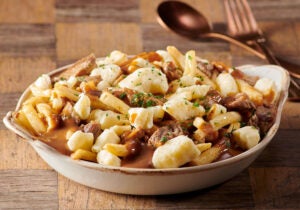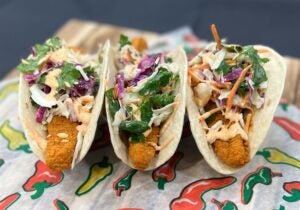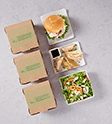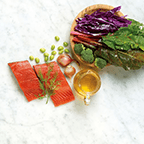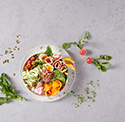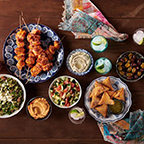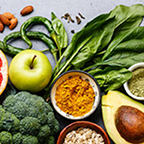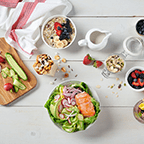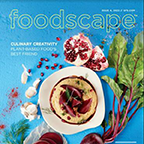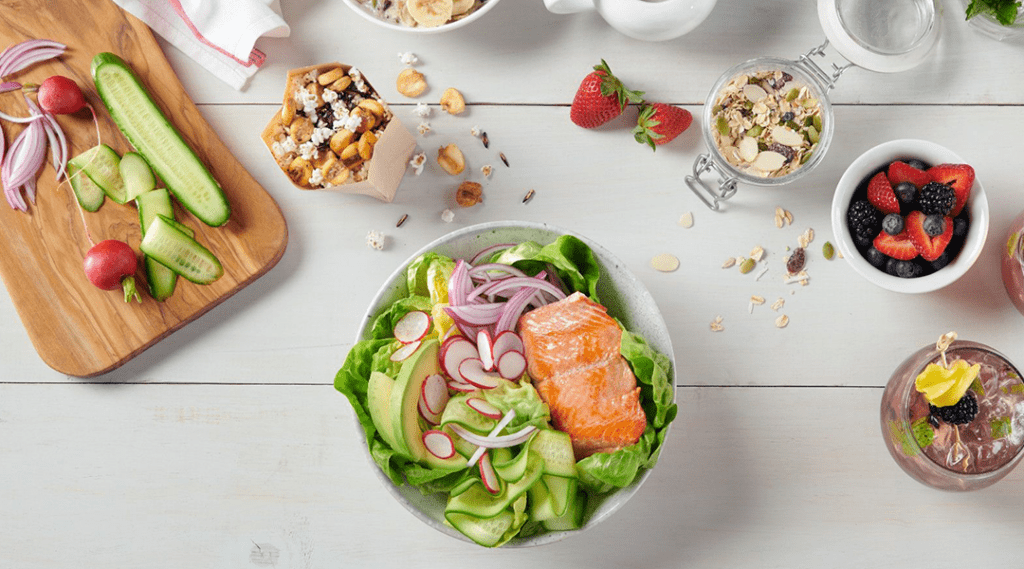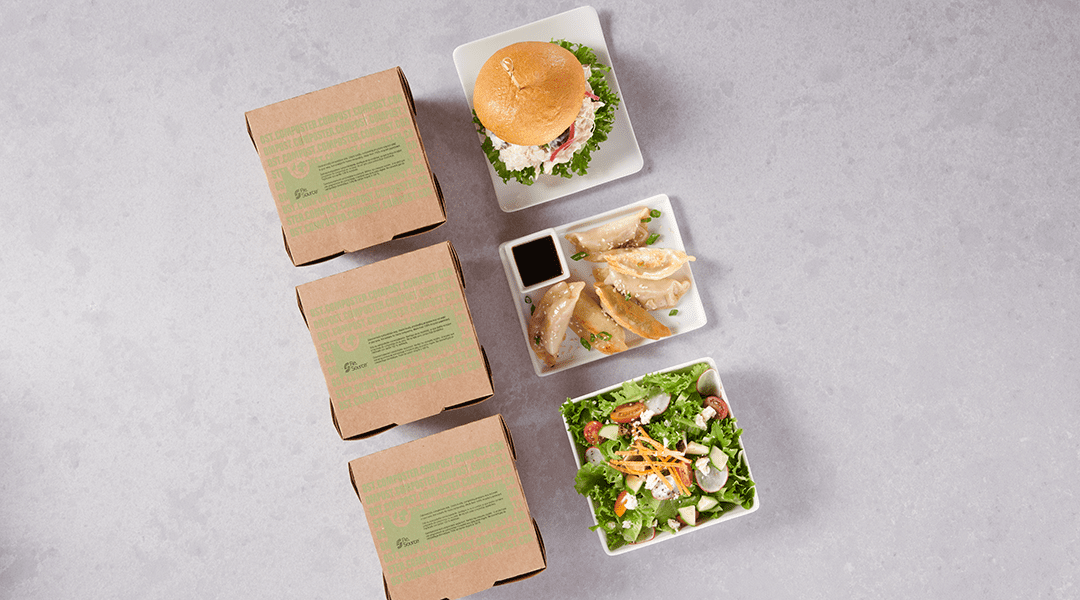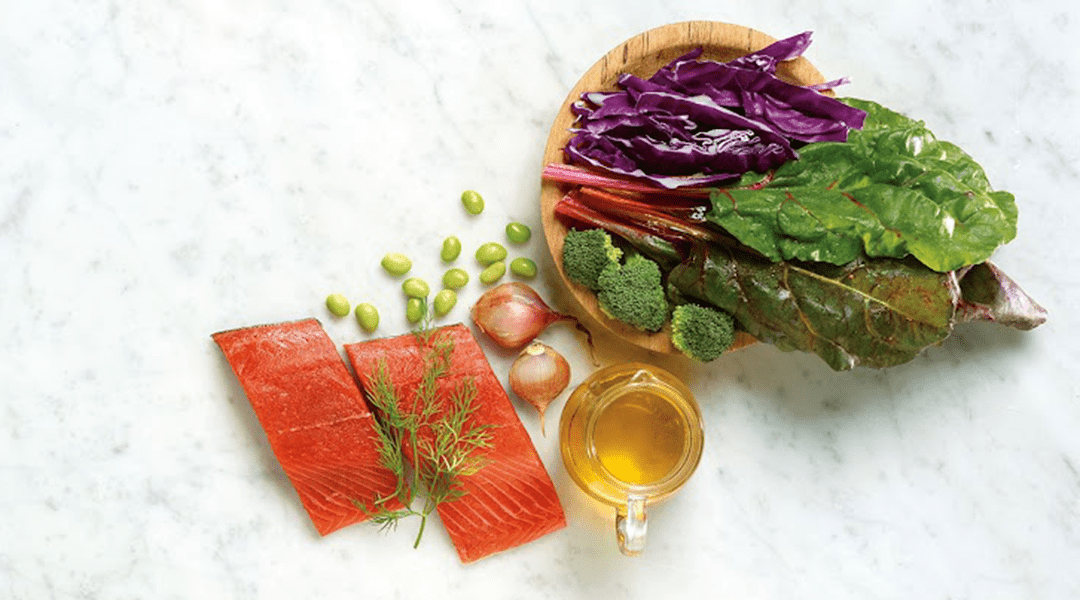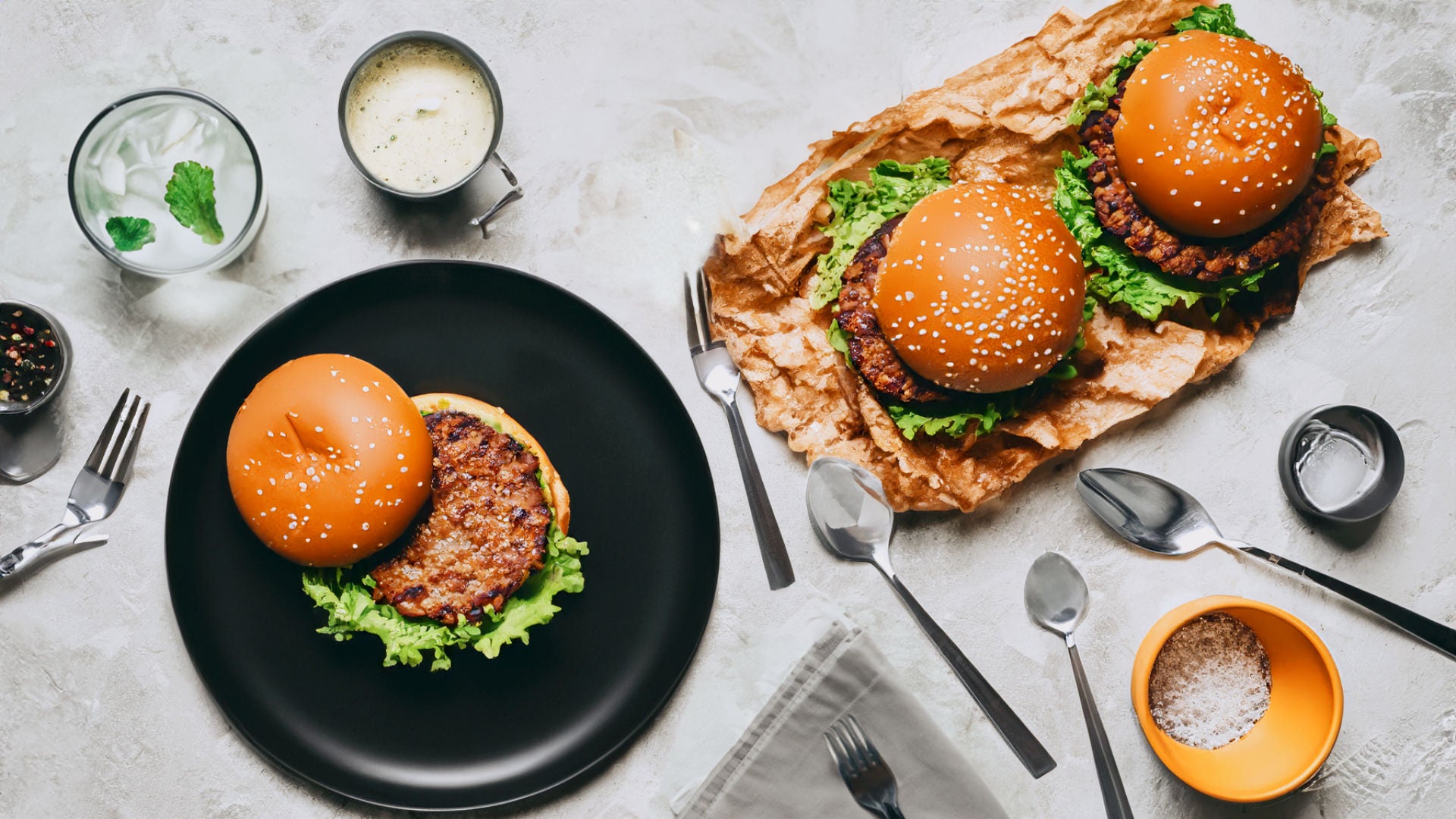What can foodservice directors learn from fitness trainers? For one thing, cycling has its benefits. We’re not talking about spin class, where participants toil for hours and go nowhere. We’re talking about cycle menus, which can take your breakfast, lunch, and snack service any direction you want, with benefits to the health of your program.
“One of the biggest barriers to starting a cycle menu is the perception that it eliminates creativity and variety,” says Maureen Pisanick, President and Chief Nutrition Officer at Pisanick Partners.
Getting past this barrier is a matter of educating your staff and rethinking your menu, Pisanick says. Her experience as a consultant and a former school foodservice director has shown cycle menus marry well with most programs.
They offer food-buying cost controls, bring money-saving staff efficiency, reduce waste, and promote safety—all while allowing for a flexible meal structure that can be marketed to students and their parents.
“Generate excitement by surveying those you serve, and then determine ways to work their wishes into the menu,” she says. “Then they will look forward to Pizza Friday or Taco Tuesday, and you can build in menu variations so it’s a fresh and creative meal every time.”
Once you clear the cycle-menus-lack-creativity hurdle, a lot of other benefits come into view. Cycle menus are designed to meet government regulation challenges, save planning time, control spending, improve workflow, and make diners happy. This means less inventory waste in the kitchen and less uneaten food tossed in the trash bin.
What is a Cycle Menu?
Cycle menus are written for a specific time period. For example, a four-week cycle menu offers different items each day during a four-week period, then repeats. The length of the cycle depends on the size of your operation, budget, and student food preferences.
A longer cycle usually means more options, but even shorter cycles contain plenty of variety.
“At the elementary-school level, I favor a five-week cycle with five alternative meal options that can fit in to break up the routine,” Pisanick says. “For middle and high schools, a three-week cycle works well, especially when you combine it with food court-style service and menu bars where students choose what they want to eat.”
Healthcare cycle menu length varies a bit more, mainly due to who they serve. Hospitals should look to 1-2 week cycles while long-term care should aim for 3-5 week long cycles.
Getting Started
Knowing what you want to accomplish is essential, Pisanick says. Do you need to improve inventory tracking? Streamline food usage? Make service run more smoothly? Reduce the amount of food diners take but don’t eat?
Answering questions like these and writing a menu or two that address your goals is the place to start. An easy first step is to make a list of favorite entrées. If you aren’t sure, find out with a survey. Compare the results with the sales of an item to get a better feel for a food’s popularity. And don’t forget to take a look at the trash—the items students or guests throw away most are the ones you want to replace first.
“I advocate a ‘Smarter Lunchroom’ philosophy—if students select the food, they’re more likely to eat it,” Pisanick says. “If you offer carrots and celery and the child chooses the celery, he will eat it; but if he’s forced to take both carrots and celery and the carrots end up in the trash, that’s a waste of money and nutrition.”
Implementing a Program
Once a list of entrées has been determined, adding other components will make the menu compliant with school meal pattern requirements and nutrition regulations. Things to consider are choosing sides that offer color, different textures, shapes, and variety. “Students tend to eat with their eyes, so food needs to look appealing,” says Gordon Food Service Dietitian Sara Kwaitkowski, RD.
It’s also important, she says, to consider cost per item, production requirements, availability of items, and staff training that may be needed to consistently create meals. “Once you have your menu set, you are ready to roll it out,” Kwiatkowski says. “Think of it as work in progress for at least the first two rotations of the menu cycle.”
Recognizing the Benefits
The beauty of a cycle menu, Pisanick says, is the opportunity to change out items as needed without rewriting the whole menu. This allows flexibility and kitchen creativity as well as time to evaluate staffing, review food costs, and track waste.
“Don’t put in a cycle menu and leave it untouched for a year,” Pisanick says. “Continually challenge yourself to make it better and listen to feedback.”
She suggests seasonal cycles or semester cycles to add variety. And instead of just serving burgers every Thursday, mix things up by brushing the burgers with a flavor enhancer—it’s a low-cost way to encourage creativity in the kitchen and add a new twist to the menu.
Another benefit, Kwiatkowski says, is capitalizing on commodities. “If your menu is planned in advance, you know how many times an item will be offered and how much you will need to allocate and order,” she says. “This is not only a huge benefit to you, but helps provide the manufacturer and distributors accurate forecasts and helps ensure availability.”

